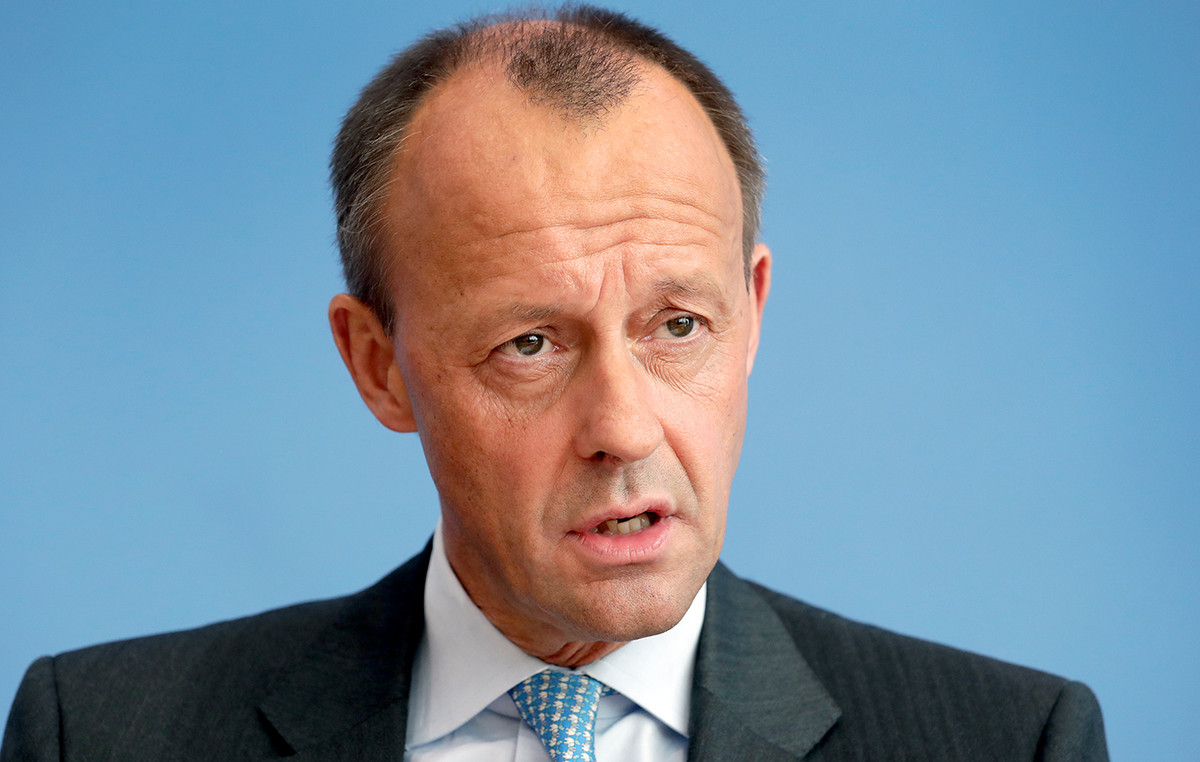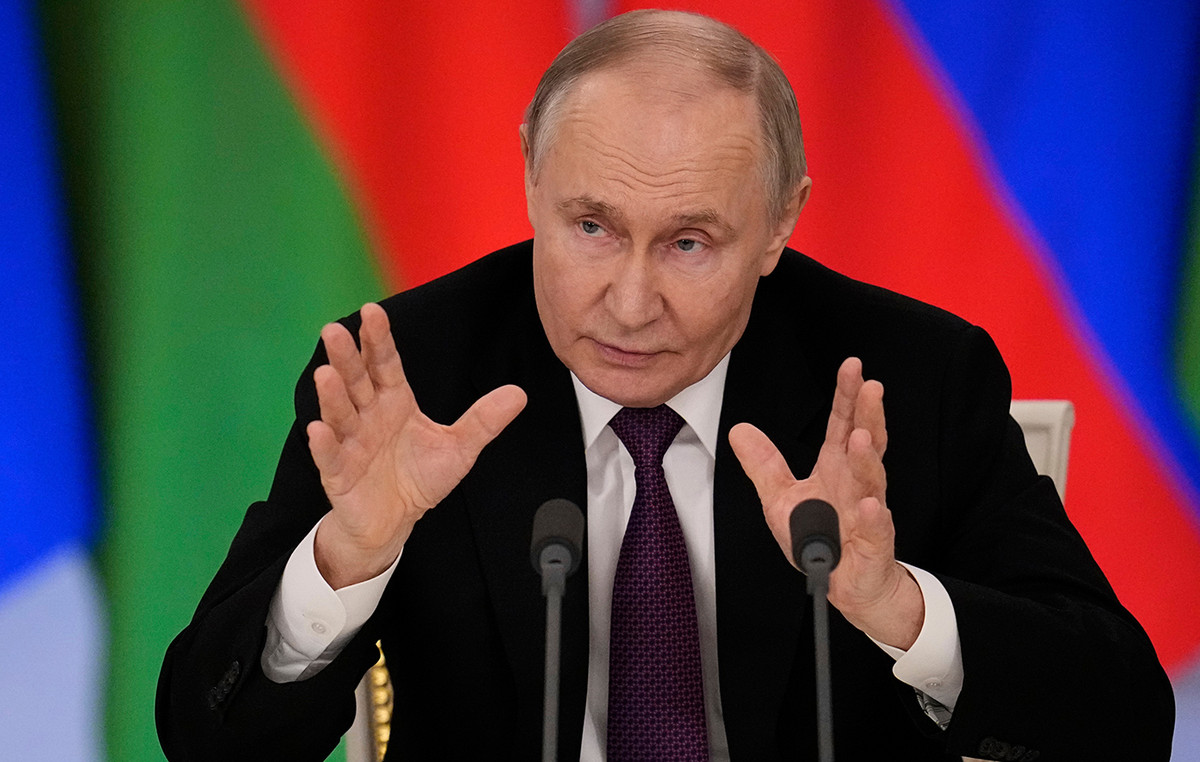The company said that there would be a storage limit of 15 gigabytes, which will also be shared with the user’s emails. On one email address, the user will have 15 GB of storage space, and any more space than that would require the user to purchase a storage plan.
The change is particularly a challenge for those who are used to click and store many photos regularly to their Google Photos account.
The users are not delighted with the announcement and say that it’s a way for the company to acquire other companies’ market share while losing some money.
Flicker’s chief executive enunciated his disappointment in a tweet, saying that they had an idea that this will eventually happen. He further reiterated this act as a materialistic move on their loyal consumers. He tweeted, “For five years, we’ve known this would happen eventually… Losing billions of dollars to scoop up market share, stifle the competition, then eventually charging money for it? Monopolistic behavior.”
He said that there was a chance of Google reacting to the Anti-trust charges against the company by the US Department of Justice recently. The suit was based on an unfair advantage that Google has over the internet and claimed that it is violating the competition law while preserving its monopoly over online advertising and internet searches.
The extent of Google’s dominance was pronounced in the suit, saying, “Google is so dominant that ‘Google’ is not only a noun to identify the company and the Google search engine but also a verb that means to search the internet.”
Google, however, responded by saying that the suit was baseless and pointless. The company said that there was no truth in the lawsuit.
In 2015, when Google Photos was launched, they said that they would meet the claim of letting the users save unlimited photos as they claim. The offer said, “With Google Photos, you can now back up and store unlimited high-quality photos and videos for free.”
However, in a blog post on Wednesday, the company announced that the load is too much to handle and that an overwhelming number of 4 trillion photos have been saved on the platform. They also enumerated that over 28 billion images are held on the platform every week.
The company said that this change is necessary if the users want Google Photos to last long and soon become impossible without a limit.
Google’s Pixel phones were sold mainly on this very selling point, unlimited high-resolution photo storage. Other brands could only store low resolution, compressed photos. But with this new change, Pixel has lost its edge as the offer is not continued for every device.
This change is not new and has been performed by many former Photo Storage services like Flicker. The platform initially allowed one terabyte of free photo storage capacity. However, after the number of customers increased exponentially, they lowered the number of permissible free storage photos to only 1000 per account.
Google says that the 15 GB limit is enough for most consumers to last several years for one account. When the change initiates in June 2021, most of the users will store over three years of data before they could reach the limit.
Dennis Hahn said that a data center storage analyst noted that such services’ monetization could be a reflection of companies fighting to meet the demand for massive cloud storage. “Google, Facebook and Amazon have been gobbling up massive amounts of storage in the past few years,” he said.
The data storage capabilities have revolutionized throughout the years and the offers, which seemed like a lot five years back, barely cut it short of the need. With Google holding multiple billions of photos for one week, this storage must fill up even faster.
“While data storage capacity is being currently deployed at record – and probably unfathomable – levels from five years ago, the unrelenting accumulation of massive amounts of data appears to be overwhelming our efforts to store it as easily as we once thought,” Dennis added.
I’m Ava Paul, an experienced news website author with a special focus on the entertainment section. Over the past five years, I have worked in various positions of media and communication at World Stock Market. My experience has given me extensive knowledge in writing, editing, researching and reporting on stories related to the entertainment industry.







